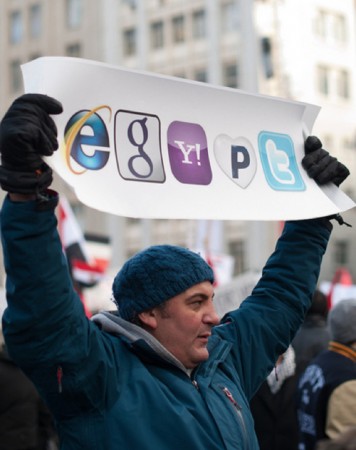network theory

Ilan Manor discusses how Network Gatekeepers can be harnessed to stop the flow of disinformation, hate speech and more.
Current challenges
To meet the challenges of the 21st century, the approach to public diplomacy will increasingly focus on smart networks of influencers who can convene, connect and mobilize communities. This collaborative approach will support and aggregate the impact of smart, committed individuals around the world.

Partnership, cooperation, and collaboration are recognized by most, if not all, as an important part of 21st century public diplomacy. One important challenge in developing a more collaborative public diplomacy is the need to identify the opportunities and resources to put the collaborative aspiration into action.
This task might be simplified if we recognize the bureaucratic infrastructure as a series of connections – or networks. The task is then to map that network and recognize potential areas of common experience and opportunity for collaboration.
The experience of Wikileaks has much in common with those engaged in Public Diplomacy and seeking to measure their attempts to disperse information on specific issues. Examining Wikileaks provides a case study of an attempt to map a network of influence and identify key nodes within that network.
Is it time to revisit the “theory question” in public diplomacy studies? There is much to be said about how the art of actually doing public diplomacy reflects a complex array of skills, experience, and personality. Understanding what goes into the practice of public diplomacy is an essential question for those preparing for a career in the public diplomacy sections of the State Department or other foreign ministries, as well as institutions that aspire to educate individuals for this kind of career.







